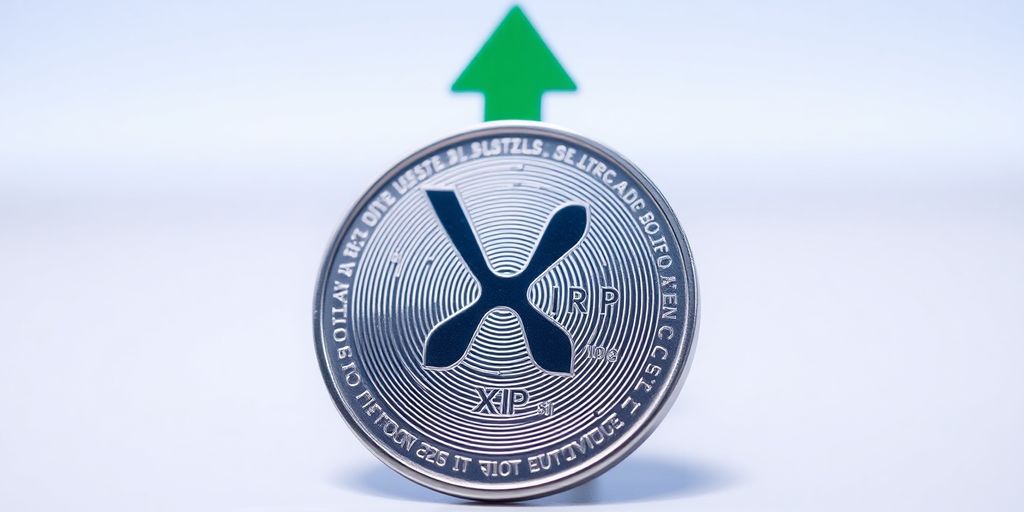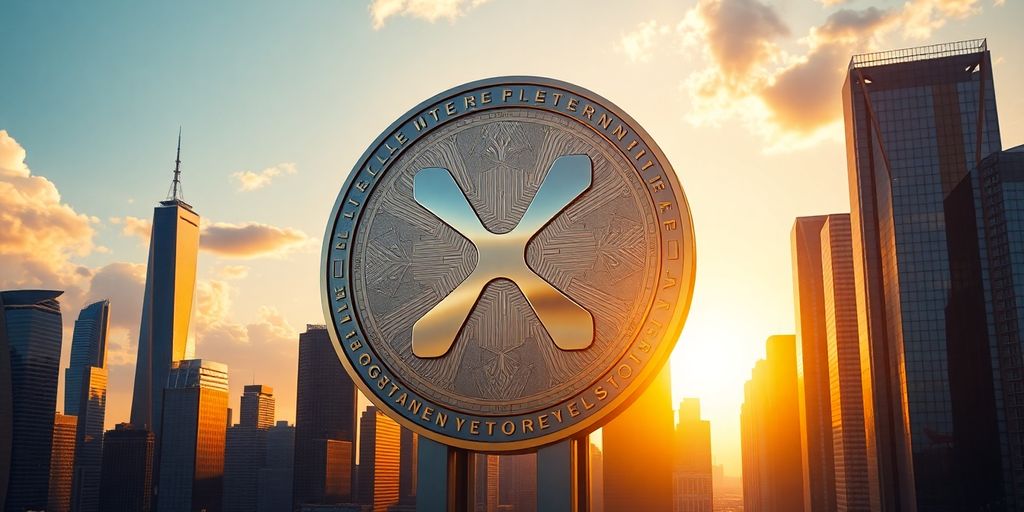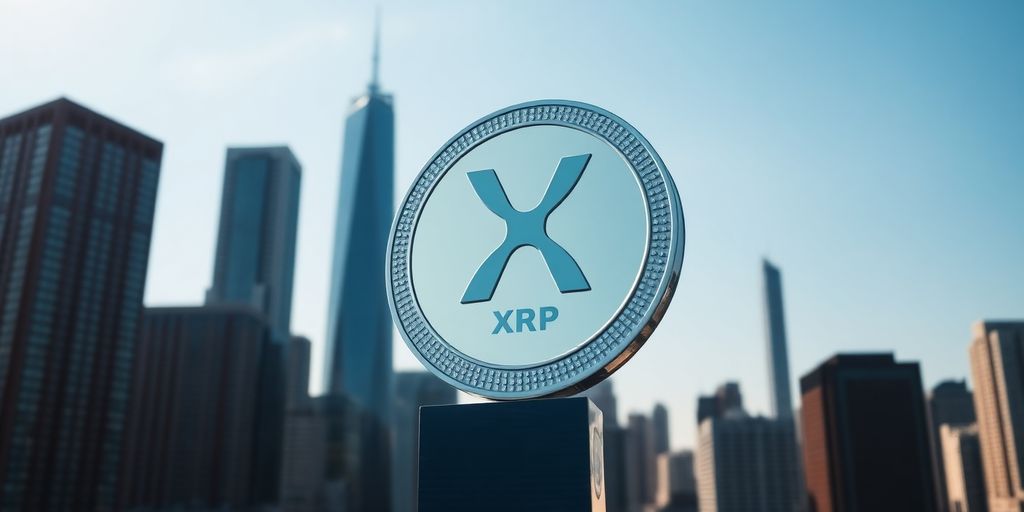Unpacking The $100 Question: What's Holding XRP Back?

Ripple's XRP token, despite its resilience and advancements in cross-border payments, faces significant hurdles in reaching the ambitious $100 price target. While its recent banking license application and global collaborations signal strong growth potential, the sheer market capitalization required for such a valuation presents a formidable challenge.
XRP's Ambitious Trajectory
XRP is widely recognized as a highly ambitious cryptocurrency, consistently breaking price barriers and demonstrating long-term potential. Its recent application for a banking license underscores Ripple's commitment to disrupting traditional finance by prioritizing efficiency in cross-border payments. This move, coupled with extensive global collaborations, positions XRP uniquely in the crypto landscape.
- Banking License Application: This significant step enhances XRP's credibility and is expected to boost liquidity and expand usage scenarios, potentially driving price growth.
- Global Collaborations: Ripple's partnerships enable seamless, cost-effective, and secure value transfer, setting it apart from competitors.
- XRP ETF Development: The potential approval of XRP Exchange Traded Funds (ETFs) could revolutionize investor exposure, significantly increasing demand for the token.
The Roadblocks To $100
Despite optimistic predictions from platforms like CoinCodex, which foresee XRP reaching $7 by 2040, and analysts projecting $50 based on historical patterns, the path to $100 is considerably more complex. Achieving a $100 valuation would necessitate an extraordinary market capitalization and unprecedented global adoption.
- Market Capitalization Requirement: For XRP to hit $100, its market capitalization would need to reach an estimated $10 trillion. This figure surpasses the combined value of some of the world's largest financial systems, indicating the immense scale of adoption required.
- Global Standard for Cross-Border Payments: Reaching $100 would demand XRP becoming the universally accepted standard for cross-border payments, effectively replacing numerous existing financial technologies.
- Regulatory and Institutional Alignment: Favorable outcomes in ongoing regulatory battles, widespread institutional adoption, and seamless global financial integration of Ripple's technology are crucial prerequisites.
- Massive Fund Inflow: Even with its strong utility and partnerships, achieving this price point would require an enormous influx of funds into the XRP market, a process that could span many years.
Historical Precedents And Future Outlook
Historical data reveals XRP's capacity for significant rallies following periods of consolidation or downturns. While past performance is not indicative of future results, these patterns offer insights into potential price movements.
The future outlook for XRP hinges on several factors, including the resolution of its legal challenges, the continued expansion of its utility, and broader market sentiment towards cryptocurrencies.
The ongoing legal battles, particularly with the SEC, cast a shadow of uncertainty over XRP's immediate future. A favorable resolution could significantly boost investor confidence and pave the way for wider adoption.
Sources:
- Ripple Plans to Become Crypto’s First Bank and Expands Stablecoin Network Through New Partnership
- XRP News Today: XRP Surges 7.2% as Ripple Seeks Banking License
- Ripple applies for US national bank charter as crypto eyes next frontier
- What’s Stopping Ripple (XRP) From Reaching $100?
- Analysis: How XRP could undermine Ripple’s move for national trust bank charter
More Crypto News:













